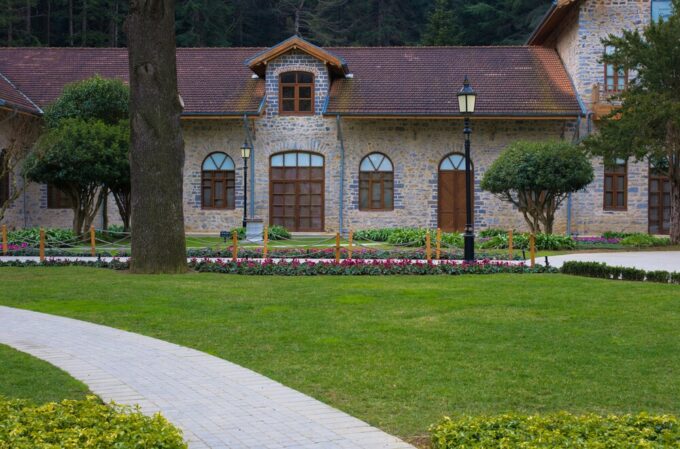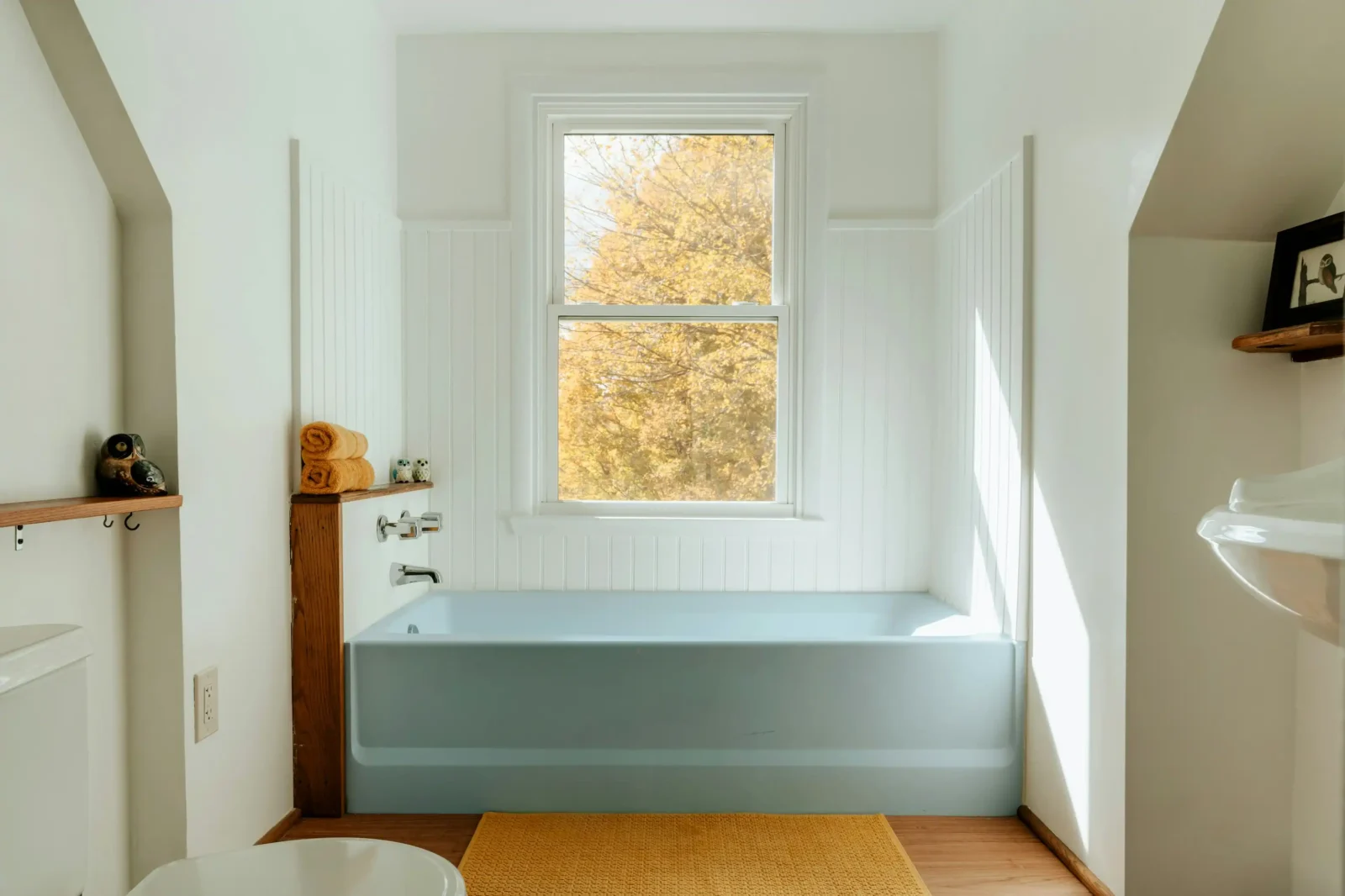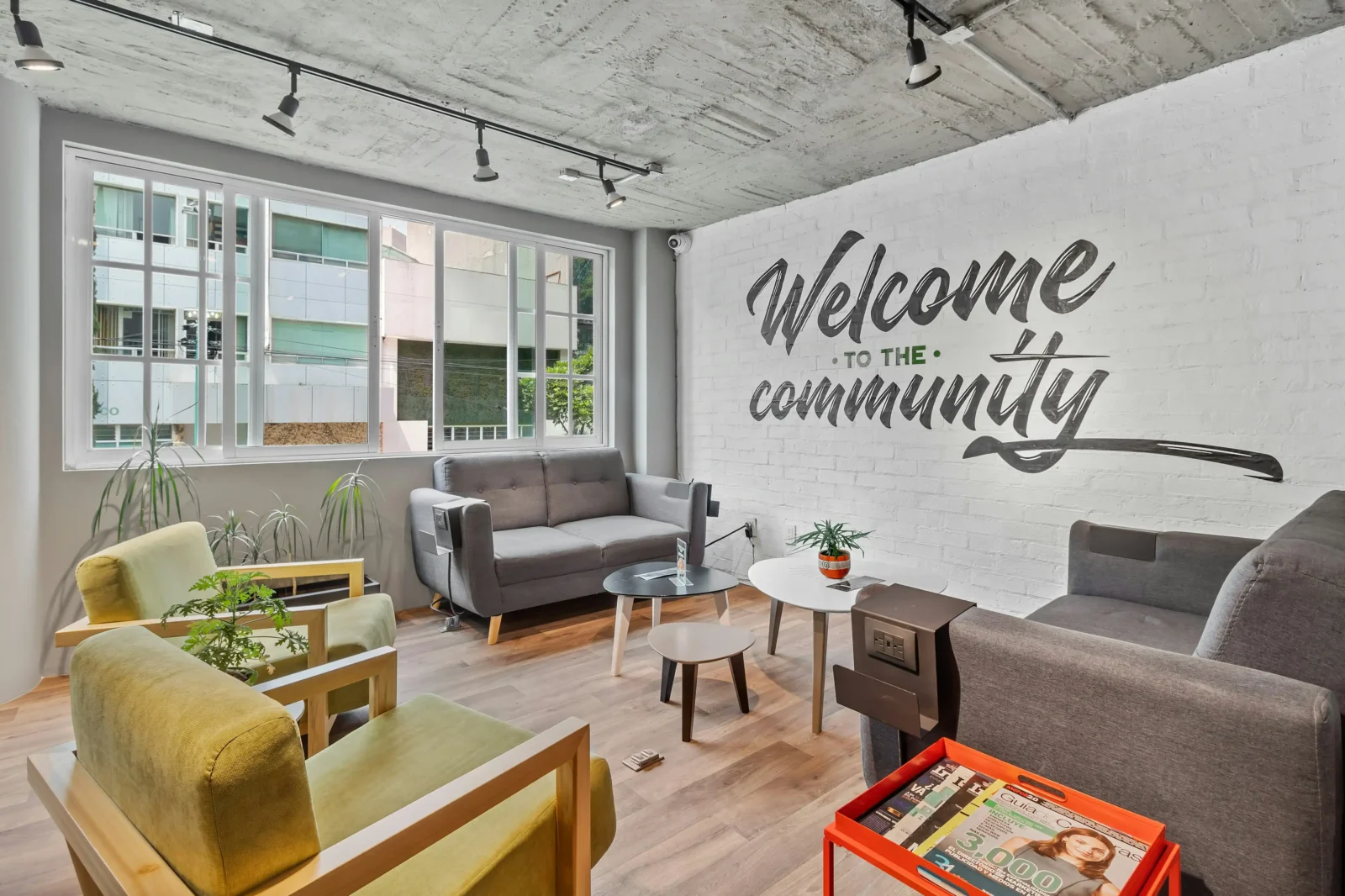- Home
- Articles
- Architectural Portfolio
- Architectral Presentation
- Inspirational Stories
- Architecture News
- Visualization
- BIM Industry
- Facade Design
- Parametric Design
- Career
- Landscape Architecture
- Construction
- Artificial Intelligence
- Sketching
- Design Softwares
- Diagrams
- Writing
- Architectural Tips
- Sustainability
- Courses
- Concept
- Technology
- History & Heritage
- Future of Architecture
- Guides & How-To
- Art & Culture
- Projects
- Interior Design
- Competitions
- Jobs
- Store
- Tools
- More
- Home
- Articles
- Architectural Portfolio
- Architectral Presentation
- Inspirational Stories
- Architecture News
- Visualization
- BIM Industry
- Facade Design
- Parametric Design
- Career
- Landscape Architecture
- Construction
- Artificial Intelligence
- Sketching
- Design Softwares
- Diagrams
- Writing
- Architectural Tips
- Sustainability
- Courses
- Concept
- Technology
- History & Heritage
- Future of Architecture
- Guides & How-To
- Art & Culture
- Projects
- Interior Design
- Competitions
- Jobs
- Store
- Tools
- More
Nomadic Architecture: Designing for Movement, Not Permanence
Discover nomadic architecture that designs for movement, not permanence. Explore history from yurts to tipis, principles like modularity, lightweight materials, and rapid assembly, plus sustainable, off-grid systems. See use cases from climate migration and disaster response to urban nomadism, with ethics on land rights and cultural sensitivity.

We design for the road, not the cul-de-sac. Nomadic architecture, designing for movement, not permanence, asks us to rethink buildings as companions that travel, adapt, and regenerate rather than anchor us in place. From indigenous wisdom to ultralight composites and off-grid systems, the question isn’t how to move a building once, but how to make motion the default condition of living well. Here’s how we approach it.
Table of Contents
ToggleThe Meaning And Context Of Nomadic Architecture

From Mobile Traditions To Contemporary Needs
We stand on long, experienced ground. Yurts, tipis, and black tents weren’t lifestyle accessories: they were climatic, social, and logistical solutions refined over centuries. Today, climate migration, gig economies, disaster response, and seasonal industries have revived the need for dignified mobility. Nomadic architecture designing for movement, not permanence, reframes shelter as a responsive system, less monument, more instrument.
Mobility As A Design Constraint, Not A Feature
Treating mobility as a constraint forces better design. Weight, volume, and assembly time become non-negotiables, shaping structure, joints, and services from day one. If a component can’t be carried by two people, fit in a standard vehicle footprint, and withstand repeated cycles of deployment, it doesn’t make the cut. Mobility isn’t a bolt-on: it’s the brief.
Design Principles For Movement

Modularity, Packability, And Standardized Interfaces
We break programs into modules, sleep, cook, wash, store, that dock via standardized interfaces (mechanical, electrical, data). Uniform widths, repeatable connection points, and flat-pack geometries trim transport costs and enable mix-and-match layouts. Think LEGO logic, but with weather seals and load paths.
Lightweight Strength And Structural Efficiency
High strength-to-weight ratios are our north star. We favor tensegrity-inspired frames, pultruded FRP, laminated timber ribs, and aluminum nodes where appropriate, always mindful of repairability. Form-finding (arches, shells, folding plates) lets geometry do the heavy lifting so materials can stay light.
Fast, Tool-Lite Assembly And Disassembly
If it takes a generator and a truckload of tools, it’s wrong. We prioritize quick-release pins, cam locks, color-coded straps, and reversible fasteners. A small crew should assemble core shelter in under two hours, with no single lift over 25–30 kg (55–65 lb). The faster we strike, the less we disturb sites and schedules.
Adaptability Across Sites, Climates, And Uses
One kit, many lives. Adjustable bases handle uneven terrain. Layerable skins (mesh, fabric, insulated panels) tune thermal performance from desert to alpine. Swappable modules allow a medical bay to become a classroom or a sleeping pod to morph into storage. Adaptability keeps the system relevant long after the first itinerary.
Materials And Systems For Mobile Living

Biobased, Recyclable, And Repairable Material Palettes
We bias toward materials that heal easily and go back into cycles: aluminum (infinitely recyclable), FSC plywood, bamboo laminates, cork, wool, mycelium insulation, and bio-based coatings. Fabrics: recycled PET, Dyneema for high-stress zones, and TPU-coated textiles for waterproofing, all with patch-friendly surfaces.
Off-Grid Energy, Water, And Waste Loops
Movement demands autonomy. Foldable PV, micro-inverters, and lithium-iron phosphate batteries power essentials. Atmospheric water generators or collapsible gutters feed storage bladders: gravity-fed or low-energy pumps serve taps. Composting toilets, greywater reed-bag filters, and modular blackwater cassettes close loops responsibly.
Thermal Comfort And Weatherproofing In Motion
We aim for comfort without bulk: radiant floor mats, phase-change materials embedded in panels, radiant-barrier fabrics, and cross-ventilation with stack-assisted vents. Seams, not just surfaces, matter, double-lap zips, rain skirts, and tensioned canopies shed wind-driven rain. Snow load? Use steeper pitches and adjustable guying.
Transport, Storage, And Circular Lifecycles
Design starts at the truck bed. Standard pallet footprints, labeled crates, and QR-coded parts save time and sanity. After service, components are refurbished, downgraded to less demanding uses, or recycled by material family. Circularity isn’t a slogan: it’s an inventory plan.
Use Cases And Precedents

Indigenous Typologies: Tents, Yurts, Tipis, And Beyond
We learn from transportable frames, breathable skins, and social layouts organized around hearths. The lesson isn’t to copy aesthetics but to respect climate-fit geometry, local fibers, and rapid pitching rituals.
Expeditions, Festivals, And Seasonal Workforces
From basecamps to touring shows, time is money. Modular spine-and-rib systems with soft skins set up fast, route services cleanly, and scale from solo pods to communal halls. Pack lists are predictable, crews trained, downtime minimal.
Humanitarian Shelters And Field Clinics
Speed, dignity, and durability drive choices. Tool-lite frames, privacy partitions, negative-pressure add-ons, and cleanable surfaces help teams respond within hours. The best kits evolve into semi-permanent hubs without losing portability.
Urban Nomadism: Vans, Micro-Trailers, And Pop-Ups
City dwellers hack mobility with vans, bike trailers, and container pop-ups. We focus on thermal bridging, condensation control, acoustic separation, and stealth-friendly facades. Street-legal dimensions and curbside setup are design parameters, not afterthoughts.
Constraints, Trade-Offs, And Ethics

Land Rights, Codes, And Temporal Permissions
Mobility meets governance. We map stay limits, fire codes, sanitation rules, and site impact guidelines before sketching layouts. Temporal permits, clear egress, and documented anchor strategies keep operations legal and safe.
Community, Privacy, And Safety In Flexible Settlements
Moving villages still need belonging. We use micro-clusters around shared kitchens, sightline-aware entries, and soft boundaries (screens, planting) to blend privacy with social glue. Lighting, locks, and community protocols deter opportunistic risks.
Resource Intensity, Embodied Carbon, And Waste
Frequent transport emits. We counter with lighter loads, shared logistics, fewer trips, and low-carbon materials. Designing for repair beats replacement: designing for reuse beats recycling. Every kilogram saved compounds over a system’s life.
Cultural Sensitivity And Avoiding Aesthetic Appropriation
We borrow lessons, not identities. When referencing indigenous typologies, we collaborate, credit, and compensate. Decorative mimicry without context is out: performance-based learning and co-design are in.
Conclusion
Designing for movement, not permanence, sharpens every decision, structure, services, ethics, and logistics. When we treat mobility as the governing constraint, we get architecture that travels lightly, lives comfortably, and leaves places better than we found them. That’s our north star for truly nomadic architecture.
- adaptable architecture
- alternative living spaces
- architecture for changing needs
- architecture for mobility
- architecture for travelers
- dynamic architectural solutions
- environmentally friendly mobile homes
- evolving space design
- flexible architectural solutions
- innovative temporary structures
- mobile home design
- modular building design
- movable architecture
- nomadic architecture
- off-grid architecture
- pop-up architecture
- portable building design
- sustainable nomadic homes
- temporary shelter design
- temporary structures
- transient housing design
Submit your architectural projects
Follow these steps for submission your project. Submission FormLatest Posts
10 German Kitchen Ideas to Inspire a Sleek and Functional Modern Home
German kitchens are renowned worldwide for their innovative designs, exceptional quality, and...
Gift Ideas for Architects and Designers: Useful, Beautiful Picks They’ll Actually Love
Gift ideas for architects and designers: curated, use-in-studio picks by budget and...
How to Use the Golden Ratio for a Balanced Kitchen Remodel
Have you ever seen a kitchen and it just looked right to...
Tips for Creating a Welcoming Home
A welcoming home creates comfort, warmth, and ease from the moment someone...











Leave a comment